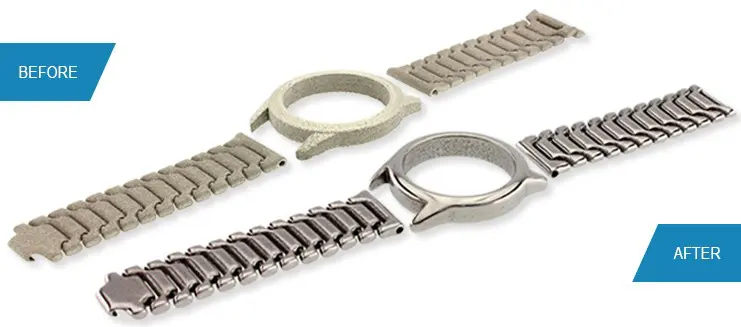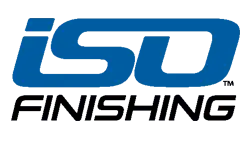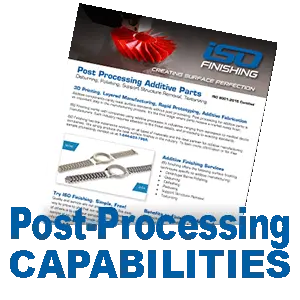3D Printing, Layered Manufacturing, Rapid Prototyping, Additive Fabrication

Post Processing Finishing Services for Additive Manufacturing
Centrifugal Barrel Finishing Barrel tumblers work well for jobs requiring heavy burr removal. Centrifugal barrel finishing machines are also good for burnishing, rapid radiusing of edges, and heavy deburring. Removing excess material or polishing additive parts, remove burrs, improve surface appearance, polish and clean are all possible using centrifugal barrel finishing equipment. Deburring In the manufacturing world, deburring refers various methods used to remove burrs, the residual rough edges or protrusions left behind after a part is produced. Burrs can affect the surface quality of additive parts produced where performance, safety, and appearance of a part is concerned. Deflashing Deflashing is the process of removing residual rubber, titanium, stainless or plastic material used in the injection molding process. During 3D printing, the deposition of small bits of residual material called “flashing” may appear each part. The particles can be removed using a centrifugal barrel machine for a fast and cost-effective method of removing any residual particles. Radiusing Radiusing is a type of deburring which entails the removal or rounding of sharp part edges formed during the additive manufacturing process. Parts with sharp edges can be radiused to pre-defined specifications using centrifugal barrels, vibratory bowls and centrifugal disc machines. Support Structure Removal Support materials are structures that are 3D printed along with the actual product to provide support to fragile, thin or overhanging areas. These support materials are temporary and can be removed using mass finishing techniques. Achieving the necessary specifications or improve the overall surface quality, additive manufactured products often need post-process and finishing. There is usual surface roughness left on parts after the support structural material is removed. Most physical characteristics can be enhanced by adding well developed and documented surface finishing processes at the end of the AM process. Depending on a part’s material, geometry, and purpose, our parameters may include vibratory deburring/polishing, centrifugal barrel polishing, ultrasonic cleaning, passivation, anodizing or other coating services. Read the ISO Blog “Surface Finishing for Additive Manufacturing Industries”Post Processing Finishing Services
Finishing services are necessary for additive manufactured products that require a smooth surface and/or precise edges. • Abrasive Blasting • Deburring • Deflashing • Descaling • Radiusing • Support Structure RemovalCommon Industries
• Aerospace • Aviation • Defense • Dental • Firearms • Medical • Military • OEM • Orthodontics • Performance Motorsports • Pharmaceutical • PlasticsUses of Additive Manufacturing
ISO Finishing Precision Process for Additive Manufacturing
Custom Development Strategy There is no magic here—it’s precision. We customize each finishing process to fit our clients’ needs from start to finish. At the end of the day, we specialize in you. Our centrifugal barrel services are ideal for parts from 3mm³ to up to 9” x 9” x 28” and are custom tailored for each specific component.
Samples & Quality We formulate a process for each product and provide our clients with finished samples at no charge. Collaboration with the customer is key. If something needs improvement, we’ll use the client feedback to adjust the process—not the standard. The result is a customized, consistent, and repeatable set of specifications for finishing your unique product.
Advanced Technology We continue to add state-of-the-art machinery, media and inspection equipment to adapt to the industry’s latest advances. Our methods have exceeded expectations by providing a better finishing quality and faster turnaround times than are typically possible in-house or as an outsourced operation.


